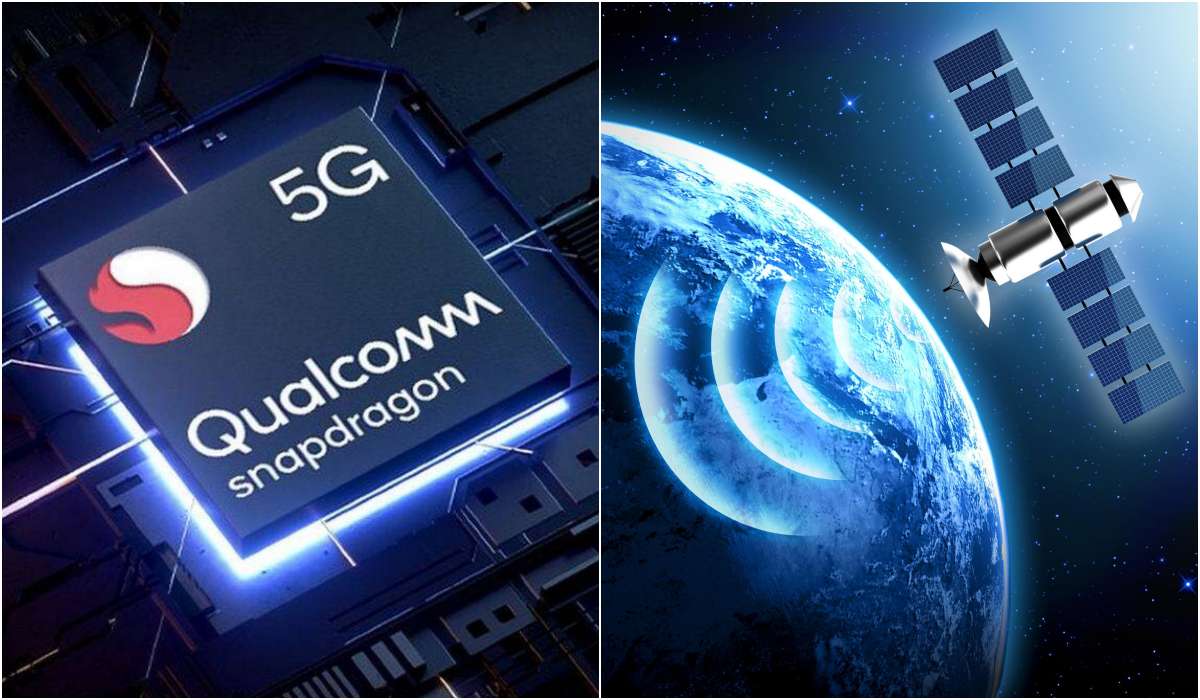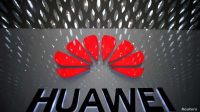Qualcomm ambitious Snapdragon Satellite project, aiming to enable phones with Snapdragon chips to utilize satellites for communication in areas lacking cell signals, has hit a roadblock. The collaboration between Qualcomm and satellite network company Iridium, crucial for the project’s success, has been terminated, casting uncertainty over the future of Snapdragon Satellite.
Pioneering Satellite Connectivity

Apple led the way in large-scale phone-to-satellite communications with its Emergency SOS feature on the iPhone 14 series in October 2022. Months later, Qualcomm announced Snapdragon Satellite, envisioning a hardware-based solution for Android phones to leverage Iridium’s satellites for calls and texting beyond traditional cellular range as a paid service. The expectation was for phones to incorporate this functionality by the second half of 2023, pending implementation by manufacturers.
Despite an impressive demonstration of the Snapdragon Satellite at CES, no phones have yet launched with this capability. Consequently, Qualcomm ended its partnership with Iridium, as indicated in Iridium’s recent press release.
Iridium’s CEO, Matt Desch, expressed disappointment over the partnership’s current outcome but remains optimistic about the industry’s trajectory toward enhanced satellite connectivity in consumer devices. Desch emphasized Iridium’s global coverage and regulatory certainty as valuable assets for this emerging market, highlighting the importance of user experience in ensuring success.
Qualcomm Continued Commitment

While discontinuing the proprietary solution introduced earlier, Qualcomm stressed its commitment to advancing satellite connectivity in devices. The company cited smartphone manufacturers’ preference for standards-based connectivity options over the chip-based Snapdragon Satellite approach. Although Qualcomm did not confirm the definitive end of Snapdragon Satellite or hint at future partnerships, it affirmed its dedication to developing non-terrestrial network solutions.
At Qualcomm’s recent Snapdragon Summit, the focus centered on new chips integrating on-device generative AI into phones and PCs. However, the company remained relatively subdued about Snapdragon Satellite, acknowledging that the onus was on device manufacturers to adopt the technology.
Chris Patrick, Qualcomm’s senior vice president of engineering, acknowledged the significant commitment required for Snapdragon Satellite’s adoption, hinting at ongoing discussions and developments but refraining from specifying the project’s trajectory in 2024.
The Satellite Connectivity Landscape

The setback with Snapdragon Satellite is the latest in a year marked by the anticipated expansion of satellite connectivity in mobile phones. Major US carriers announced their satellite phone solutions, yet progress has largely been limited to tech demonstrations. T-Mobile partnered with SpaceX’s Starlink, facing opposition from AT&T, which feared interference with its spectrum. AT&T collaborated with AST SpaceMobile for coverage expansion but has been quiet for nearly a year. Similarly, Verizon planned to utilize Amazon’s Project Kuiper satellites but has not provided updates since October 2021, despite Amazon’s recent satellite launch.
Presently, Apple’s iPhones stand as the only handsets in the US equipped with satellite connectivity. Stories abound of iPhone 14 users utilizing Emergency SOS in dire situations, underscoring the technology’s life-saving potential, from aiding in canyons to escaping wildfires in Maui.
Read More (Gadget)








